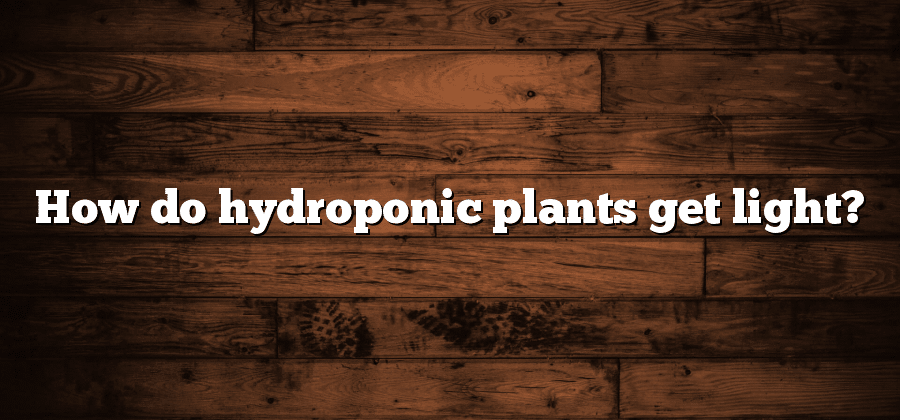Natural Light: Utilizing sunlight for hydroponic plants
Hydroponic gardening has become increasingly popular due to its numerous advantages over traditional soil-based gardening. One of the key factors contributing to its success is the effective utilization of natural sunlight. Sunlight is a powerful and abundant source of light that provides the necessary energy for photosynthesis, enabling plants to grow and thrive.
One significant advantage of using natural light in hydroponics is its spectrum. Sunlight contains a broad spectrum of colors, including ultraviolet (UV) and infrared (IR) light, which are essential for the healthy growth of plants. The UV light helps to increase plant’s resistance to diseases, while IR light promotes strong root development. Additionally, natural light provides a balanced ratio of colors that is crucial for proper plant growth, as each color in the spectrum plays a unique role in different stages of a plant’s life cycle. Harnessing the power of natural light not only nourishes the plants but also enhances their overall health and productivity.
Artificial Lighting: The role of artificial light in hydroponics
In hydroponics, artificial lighting plays a crucial role in providing the necessary light energy for plant growth. Unlike traditional soil-based gardening, hydroponic systems are typically grown indoors or in controlled environments where access to natural sunlight may be limited. Artificial lighting serves as a substitute for natural light, allowing plants to photosynthesize and thrive in these settings.
One of the primary reasons why artificial lighting is necessary in hydroponics is to ensure that plants receive the correct spectrum and intensity of light for optimal growth. Different types of artificial lights emit varying wavelengths of light, including red, blue, and white. By strategically selecting and positioning these lights, growers can provide plants with the specific light spectrum they need at various stages of growth. Additionally, artificial lighting allows for precise control over the duration and intensity of light exposure, enabling growers to create customized lighting schedules that mimic natural daylight conditions.
Types of Artificial Light: Exploring different light sources for hydroponics
There are different light sources that can be used in hydroponics to provide the necessary artificial light for plant growth. One common type is fluorescent lights, which are widely available and relatively affordable. Fluorescent lights come in two main types: compact fluorescent lamps (CFLs) and fluorescent tubes. CFLs are compact and energy-efficient, making them suitable for small-scale hydroponic setups. On the other hand, fluorescent tubes are more commonly used in larger hydroponic systems due to their higher output and coverage area. Both types of fluorescent lights emit a wide spectrum of light, including a good balance of blue and red wavelengths that are essential for plant photosynthesis.
Another popular artificial light option for hydroponics is high-intensity discharge (HID) lights. HID lights are known for their high output and strong intensity, making them ideal for larger hydroponic gardens. There are two main types of HID lights: metal halide (MH) and high-pressure sodium (HPS). MH lights emit a cool, bluish light that is suitable for vegetative growth, while HPS lights produce a warm, orange-red light that is beneficial for flowering and fruiting stages. HID lights can be quite expensive to purchase and require the use of ballasts for proper operation. However, they are highly efficient and can provide a substantial amount of light to promote healthy plant growth.
LED Lights: The benefits and drawbacks of LED lights for hydroponic plants
LED lights have become a popular choice for hydroponic growers due to their numerous benefits. One of the key advantages of LED lights is their energy efficiency. LED lights consume less electricity compared to traditional lighting systems, resulting in lower energy costs for growers. This not only helps in reducing operational expenses but also contributes to sustainability by reducing the overall carbon footprint. Additionally, LED lights have a long lifespan, which means less frequent replacement and maintenance, saving growers both time and money.
Another benefit of LED lights is their ability to emit specific wavelengths of light that cater to the specific needs of plants during different growing stages. LED lights can be customized to provide the optimal combination of red, blue, and white light, which are essential for photosynthesis and overall plant growth. By fine-tuning the light spectrum, growers can maximize plant growth and yield. Moreover, LED lights produce virtually no heat compared to traditional lighting systems, reducing the risk of heat damage to plants and allowing for closer placement of the lights to the plants.






